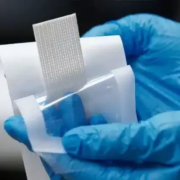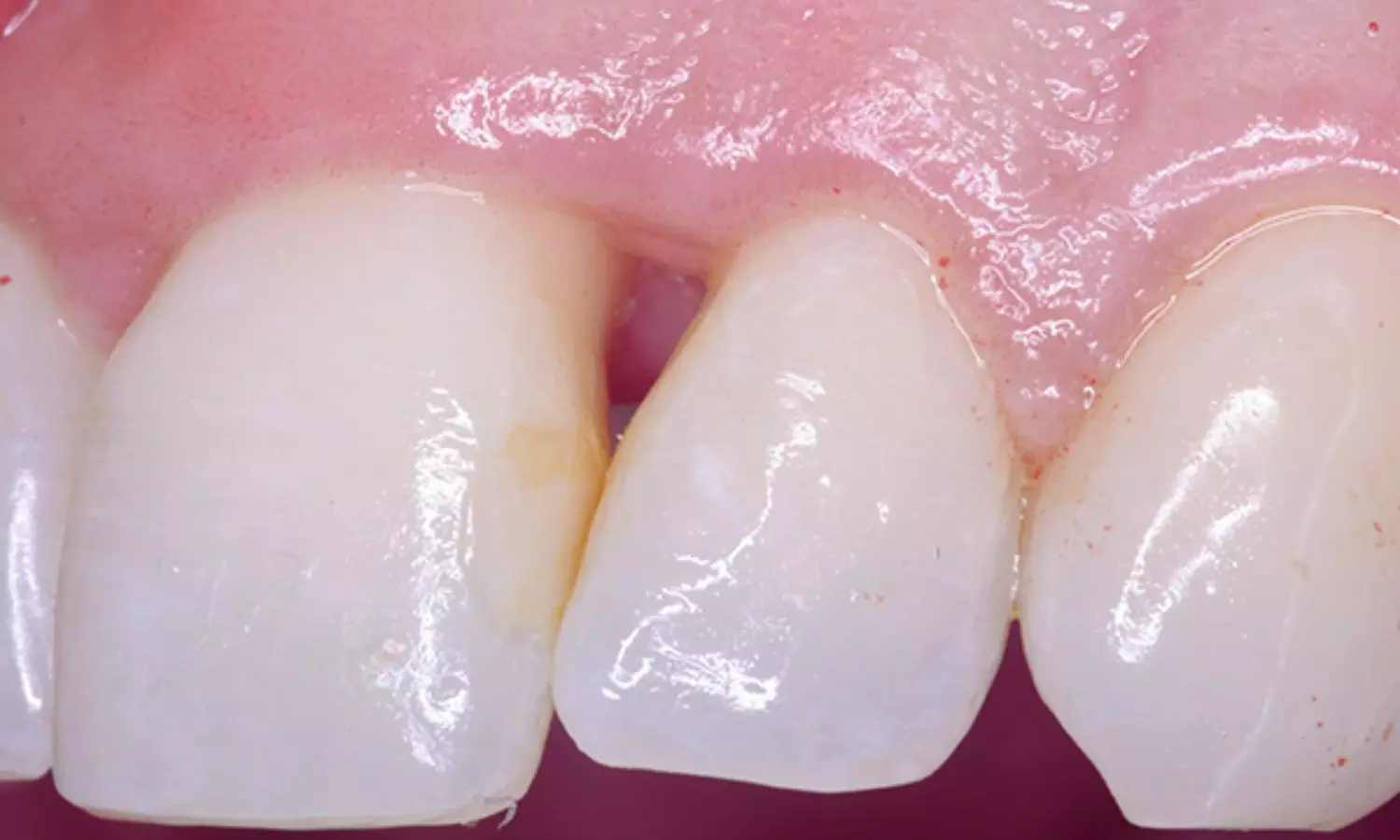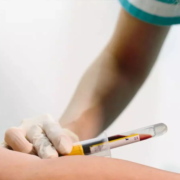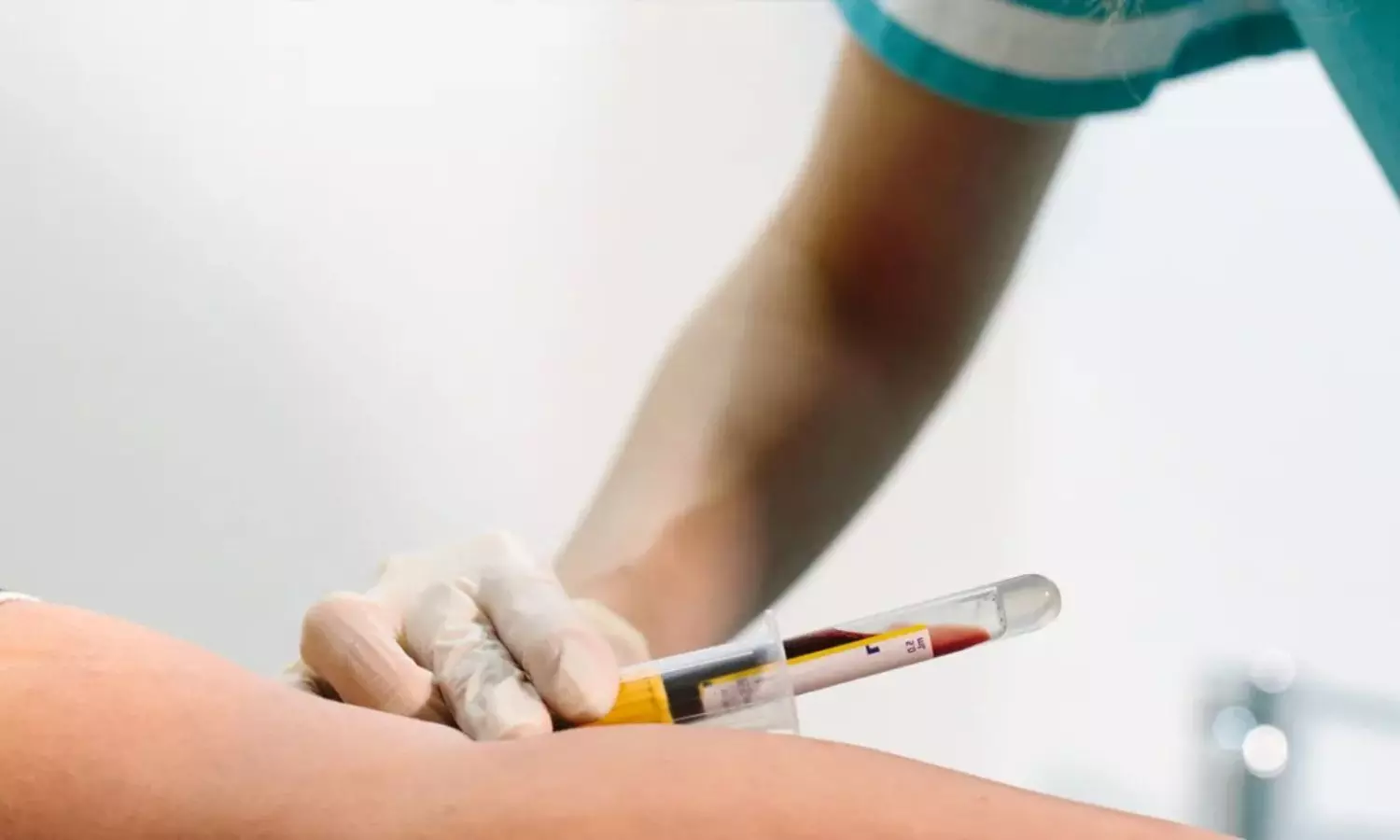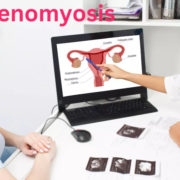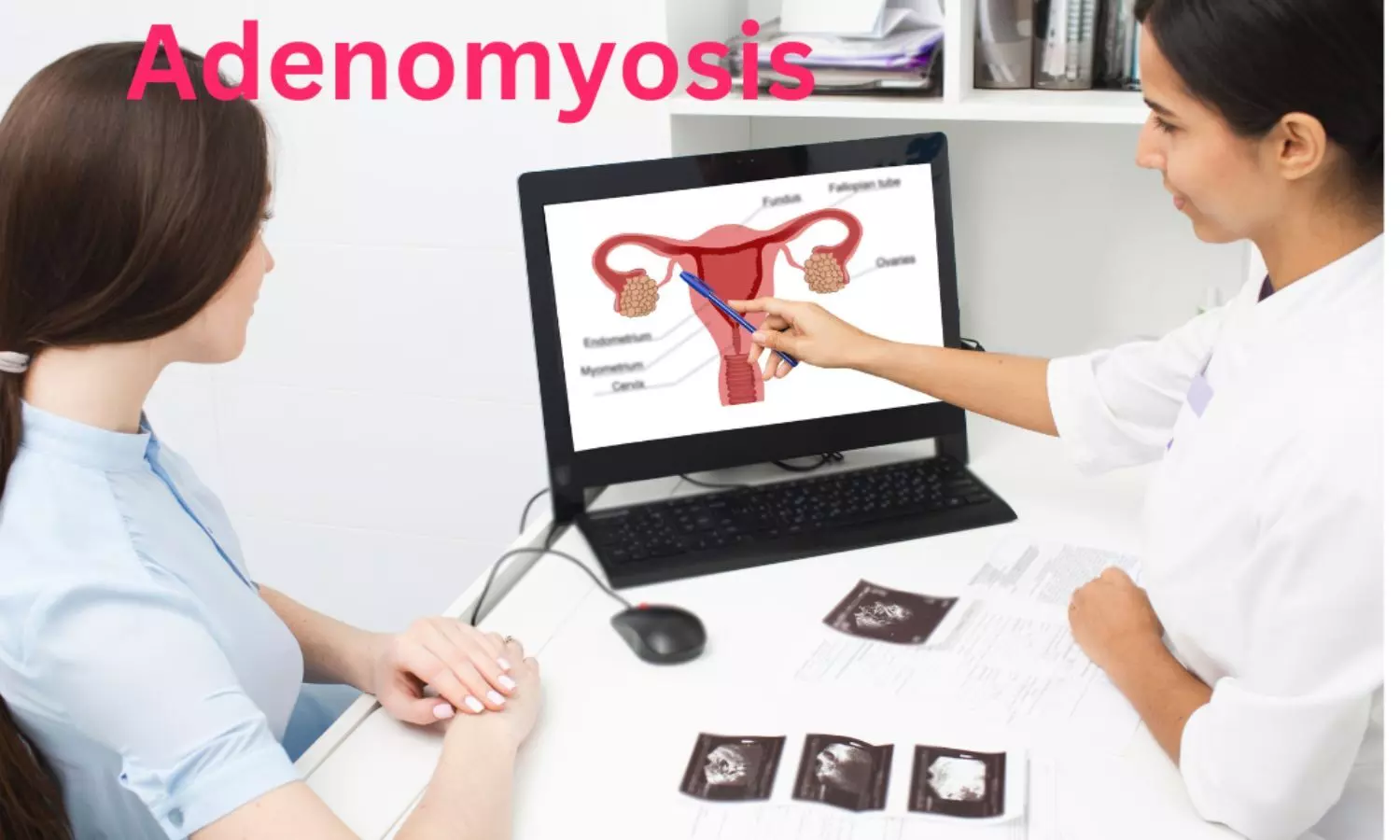Incidence of wound complications is very low in TJA when using the Silk Fibroin adhesive for wound closure: study
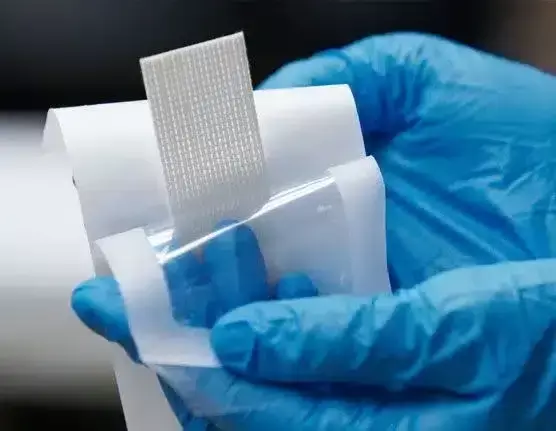
Allergic contact dermatitis (ACD) from adhesive wound closure systems has garnered particular attention for its potential role in increasing wound complications in total joint arthroplasty (TJA).
The study by Justin P. Moo Young et al performed at a high-volume orthopaedic specialty hospital, investigates the incidence of wound complications among 2 adhesive systems: a cyanoacrylate mesh (CM) adhesive and a silk fibroin (SF) adhesive. The study has been published in ‘Arthroplasty Today’
All TJAs with at least 6 weeks postoperative follow-up were retrospectively reviewed. Demographics and surgical outcomes were collected and analyzed. Statistical analyses were performed using Fisher’s exact tests and t-tests.
Key findings of the study were:
• A sample size of 170 CM and 85 SF subjects was calculated to achieve a power of 80%.
• Of the 257 patients identified (172 CM and 85 SF), 46.7% were females and 53.3% were males, with a mean age of 65.3 ± 9.0 years and a mean body mass index of 28.0 ± 4.6. Bivariate analyses revealed no significant differences in demographics or comorbidities between the CM and SF cohorts, except for frequency of American Society of Anesthesiologists 1 classification.
• The CM cohort exhibited a significantly higher incidence of ACD (6.4% vs 0%; P = .018), while differences in all other clinical outcomes were nonsignificant.
The authors concluded – “There is a very low incidence of wound complications in TJA when using the SF adhesive for wound closure. There was a statistically significant increase in ACD when using the CM adhesive. SF adhesives appear to be a superior wound closure option to consider in patients undergoing TJA.”
Further reading:
Silk Fibroin Closure Eliminates the Incidence of Allergic Contact Dermatitis Compared to Cyanoacrylate Mesh in Total Joint Arthroplasty
Justin P. Moo Young et al
Arthroplasty Today 33 (2025) 101668
https://doi.org/10.1016/j.artd.2025.101668
Powered by WPeMatico

